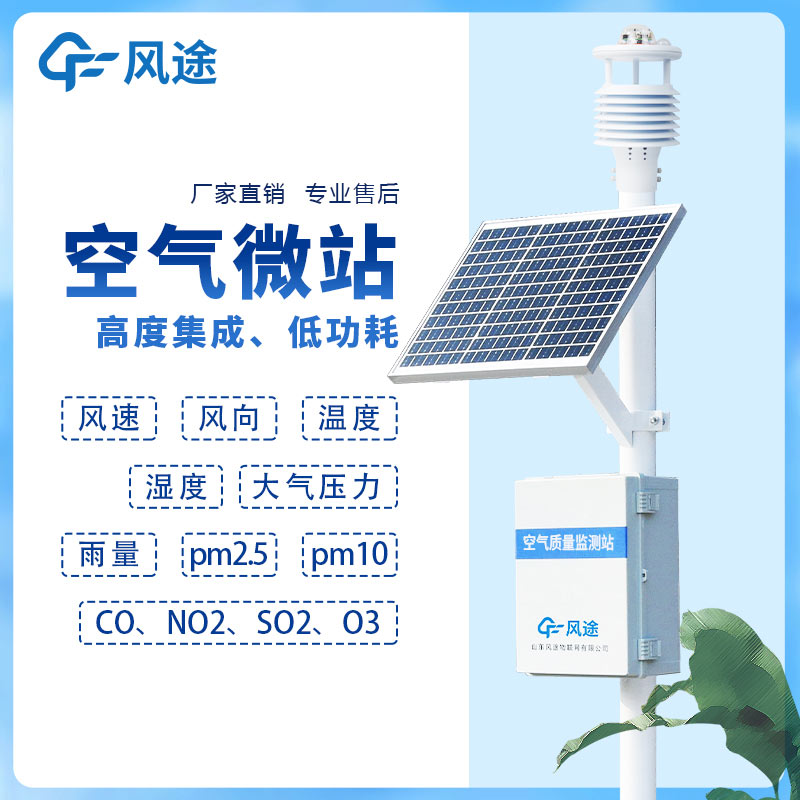Shandong Fengtu IOT Technology Co., Ltd
Sales Manager:Ms. Emily Wang
Cel,Whatsapp,Wechat:+86 15898932201
Email:info@fengtutec.com
Add:No. 155 Optoelectronic Industry Accelerator, Gaoxin District, Weifang, Shandong, China

Sales Manager:Ms. Emily Wang
Cel,Whatsapp,Wechat:+86 15898932201
Email:info@fengtutec.com
Add:No. 155 Optoelectronic Industry Accelerator, Gaoxin District, Weifang, Shandong, China
time:2024-12-25 10:15:25 source:Weather Station viewed:167 time
Atmospheric monitoring stations and Air quality monitoring stations are two different facilities in the field of environmental monitoring, each undertaking different monitoring tasks and functions. Atmospheric monitoring stations mainly undertake national-level environmental monitoring tasks. They are equipped with a variety of instruments that meet national monitoring standards, mainly using photochemistry, beta ray, or oscillating balance and other monitoring techniques to obtain detailed data on ambient air quality. The data from these stations is highly accurate and can achieve standardized data calibration and traceability, providing a scientific basis for national environmental management and policy formulation.
Air quality monitoring stations are more often used for local environmental management. As a supplement to the main monitoring stations, they have a relatively low cost and are more suitable for large-scale deployment, facilitating internal assessment and monitoring of local environmental quality. Although these micro-stations may be slightly inferior to atmospheric monitoring stations in terms of data accuracy, they can provide a sufficiently high data quality, which is suitable for trend monitoring and early warning. Due to cost limitations, micro-stations mostly adopt diffusion or decentralized sampling systems, and pay more attention to the trend changes of monitoring data, providing timely feedback for local environmental management.
Overall, there are differences between atmospheric monitoring stations and Air quality monitoring stations in terms of monitoring objectives, technical means, data accuracy, cost investment, and application scope. Atmospheric monitoring stations serve national environmental monitoring with their high precision and high-standard data, while Air quality monitoring stations serve local environmental management with their economy and flexibility. Together, they form different levels of the ambient air quality monitoring network.

Pulse radar level meter integrated design, no movable parts, no mechanical wear and tear, long life. Electromagnetic waves radiated during the measurement process can be propagated in a vacuum without transmission medium, which is characterized by the fact that it is not affected by factors such as...
During all stages from the production to the usage of photovoltaic modules, various defects in solar cells may occur, such as broken grid lines, leakage, black heart wafers, missing corners, cracked wafers, poor soldering, short circuits, etc. These defects are difficult to detect with the naked eye...
how to use the anemometer After holding the anemometer in the air and selecting the measurement options, you can calculate the wind speed....
A meteorological and environmental monitoring system is an integrated system of equipment and software for monitoring and recording changes in atmospheric and environmental parameters. It monitors and records data on meteorological elements, environmental pollutants, etc. in real time for meteorolog...